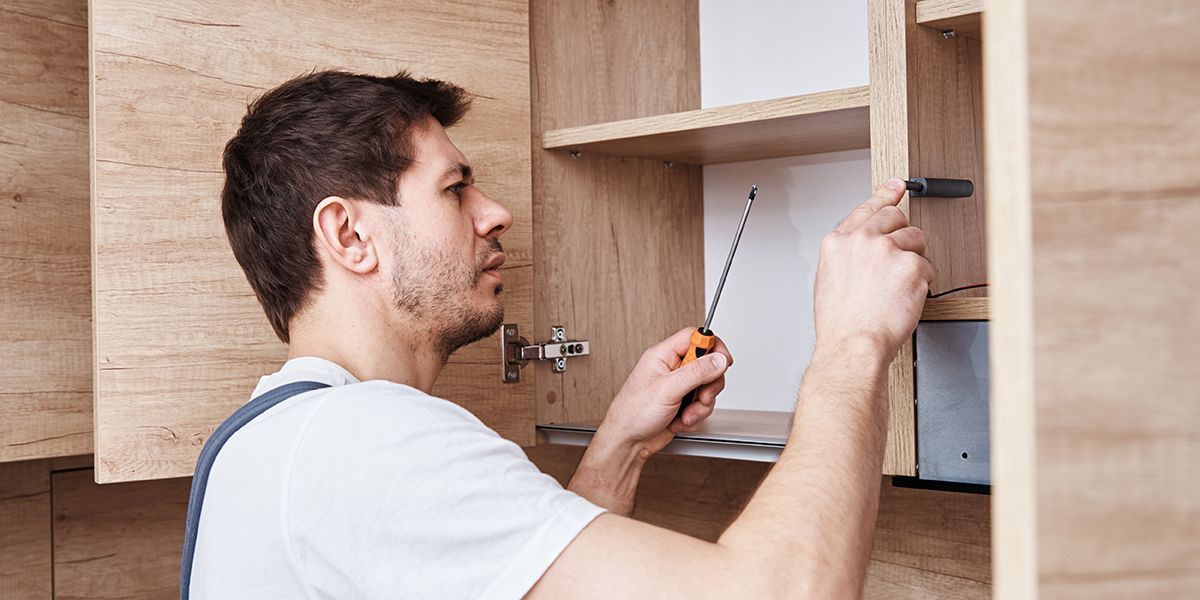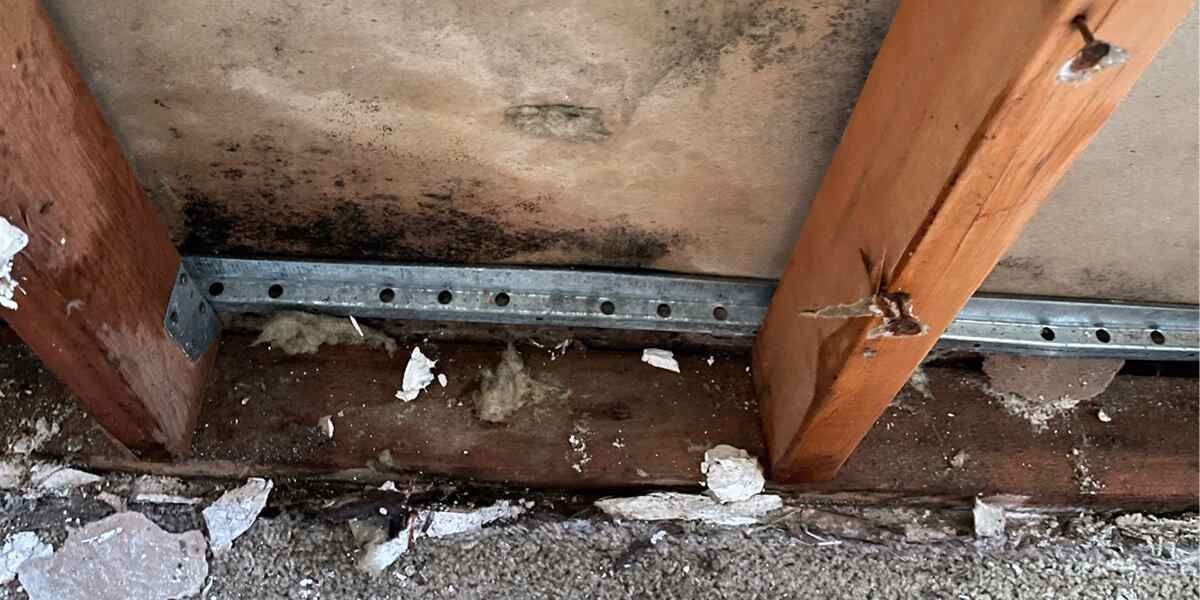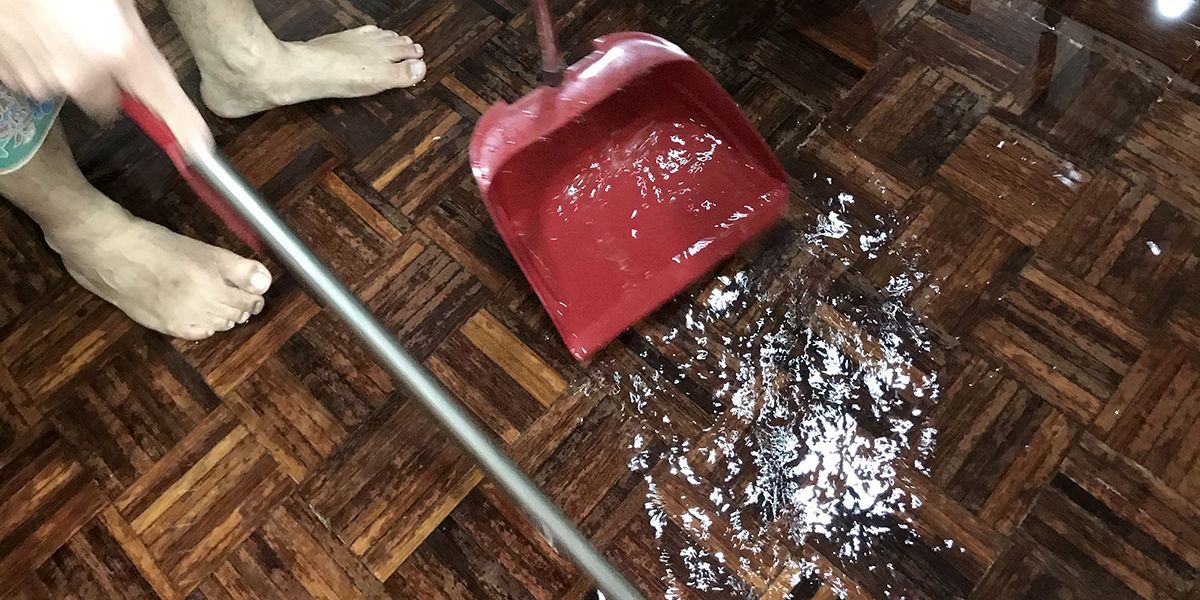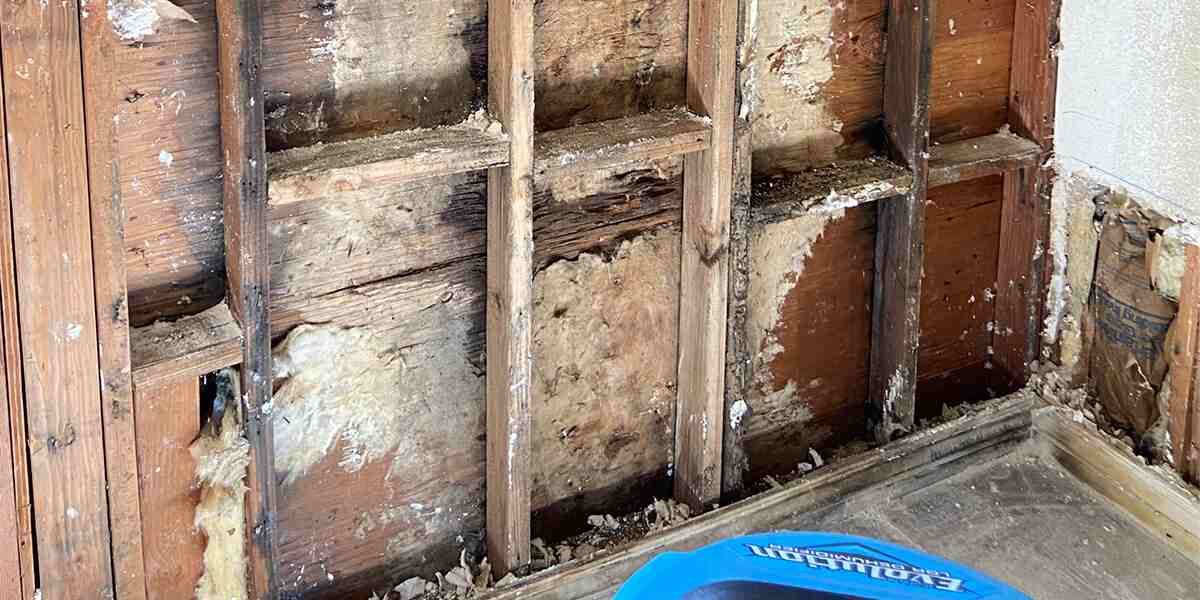Steam Smart Pro Carpet Duct & Tile Cleaning
How to Identify Water-Damaged Kitchen Cabinets: Four Signs

You might not notice water damage until the signs become apparent, especially if you’ve been away from home on a trip. Because of the sink, dishwasher, and fixtures that use water, kitchens tend to easily fall victim to water damage. Water-damaged kitchen cabinets may not seem like a big deal, but the dangers of water-logged building materials and the annoyance of warped doors quickly build up.
If you believe you have water damage in your kitchen, read on to learn what caused the problem, what signs to look for, and what to expect from Tucson’s water damage restoration experts.
Why Are Kitchen Cabinets Susceptible to Water Damage?
Most modern kitchen cabinets consist of natural wood or a material called MDF (medium-density fiberboard). Both of these materials can withstand some splashes of water, but too much moisture in the air or water constantly dripping onto them can cause damage. As the damaged area grows, more of the material soaks up water, creating a domino effect that leaves your whole cabinet water-damaged.
How Do Kitchen Cabinets Become Water-Damaged?
Many kitchen cabinets run from floor to ceiling, often with breaks between them for counter space and plumbing fixtures. Because they settle against your wall and you don’t see their backs or sides as often as their doors and insides, you may miss the initial signs of water damage.
Waterlogged kitchen cabinets may point to more serious structural damage, with some cases of failing cabinets serving as the first indicator of a leak or moisture problem. Learn what causes water damage so you know what to check for when you suspect water damage in your kitchen.
Leaky Plumbing
Pipes run throughout your home to supply water to your kitchen, laundry room, and bathrooms. If those pipes loosen, crack, or become damaged, they may leak tiny drops of water that cause gradual water damage. Over time, these leaks may reach the tops or backs of your kitchen cabinets and cause water damage.
Window Leaks
Window leaks may come from damaged glass, broken sills, or issues with failing trim. Some leaks leave obvious puddles beneath the window, while others siphon water into your walls. In both cases, window leaks can cause massive water damage without you knowing it, spreading excess moisture into your kitchen, where your cabinets soak it up.
Leaking Ceiling
Ceiling leaks can occur from your roof, windows, or upstairs plumbing. A leaky ceiling could leave pooling water on top of your cabinet that soaks down into the sides, back, and door. The longer a leak goes addressed, the more likely you’ll soon have many more issues on top of water-damaged kitchen cabinets.
Broken Appliances
Broken dishwashers, refrigerators, or kitchen sinks may cause water to leak onto your floor. From the floor, water leaks behind and between kitchen cabinets and other appliances, making it difficult to clean up. The excess moisture then finds its way into kitchen cabinets and causes water damage.
Signs of Water-Damaged Kitchen Cabinets
Now that you understand the potential causes of water damage, learn what signs to look for so you can catch leaks or moisture issues before they cause more damage to your home.
1. Swollen, Bubbled Appearance
Natural wood or MDF kitchen cabinets swell when they come in contact with too much water. As the fibers soak up the moisture, bubbling can occur in areas with large densities of water. These bubbles may indicate permanent damage to wet cabinets, though in some instances, removing excess moisture from the air can make the material flat again.
2. Discolored Streaks or Patches
As water soaks into natural wood, your cabinets may develop light streaks or patches of darker colors. Most manufacturers treat wood cabinets with a varnish or sealant that delays or stops color changes in the wood, indicating that these new patterns most likely came from water damage.
3. Warping Cabinet Doors
Do your cabinet doors not shut as completely as they used to, leaving gaps or refusing to close all the way? Cabinet doors with water damage may swell, making it more difficult to properly close your cabinets while making plenty of room for pests to get too close to your food.
4. Peeling Paint or Wood
As cabinets swell and bubble up, the paint on them can also swell. Paint will eventually break apart, with parts of it peeling and other parts chipping away. Natural wood may also split in certain areas and peel up, destroying your cabinets and doors.
Restoring water-damaged kitchen cabinets begins with water and moisture removal. While not all cabinets can survive their water damage, sometimes the water removal process can rewind the clock on the damage done. Water damage restoration can help you take back your kitchen and resume using your cabinets safely.
The Four Steps of Water Damage Restoration
Let's go over the typical steps water damage restoration specialists to repair water-damaged kitchen cabinets.
- Damage Inspection: Upon arrival, water damage restoration experts will measure your kitchen’s moisture levels and use visual inspections to discover what’s causing your water damage. If they find the leak, they’ll tell you their findings and guide you on what other services you may need to stop the water damage completely.
- Standing Water Removal: Using water extraction machinery and pumps, your restoration professionals will get rid of standing water or puddles to reduce the chance of further damage to your home.
- Total Moisture Removal: Fans and humidifiers make easy work of drying out your kitchen. Your restoration specialist will open all cabinet doors to ensure that every nook and cranny loses moisture.
- Sanitization of Affected Areas: After removing all water and drying the space out, your professional restorers will sanitize and clean any areas the water damage affected.
Get Water Damage Under Control with the Professionals at Steam Smart Pro
Do you have a problem with water-damaged kitchen cabinets or want to know more about water damage prevention tips? Call Steam Smart Pro at (520) 502-7683 to learn more about our water restoration services.
Author Bio:
Eric Bullard
The owner of Steam Smart Pro in Tucson, AZ, brings over 20 years of invaluable experience in the field of carpet, tile, and air duct cleaning. With a strong dedication to quality and a deep understanding of effective cleaning techniques, Eric consistently delivers outstanding results to his satisfied residential and commercial clients.



